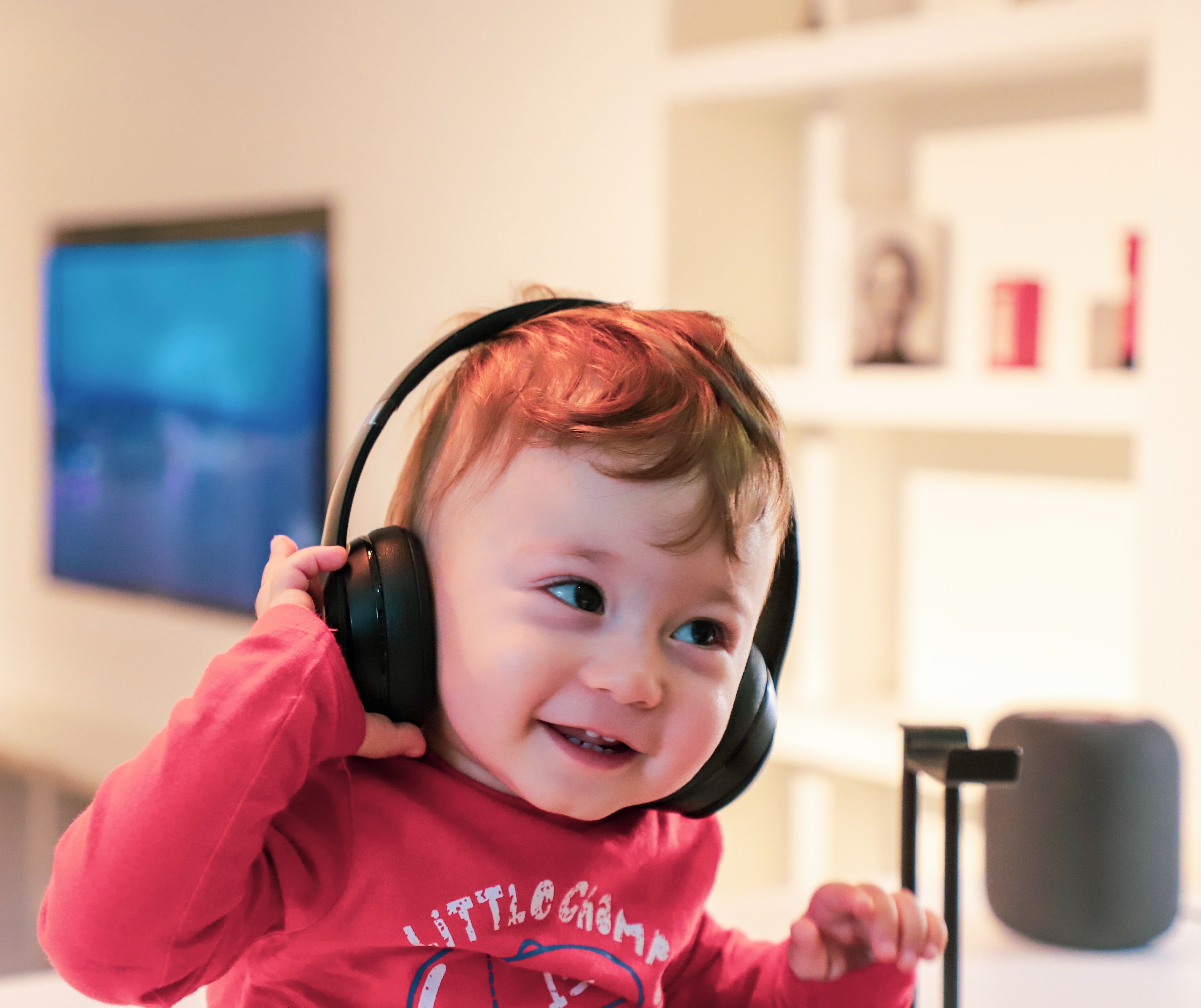Media release
From:
Medicine: Lullaby may relieve pain in newborns during blood spot test
Playing a lullaby may help reduce the pain experienced by newborn babies undergoing a heel prick blood test, according to a randomised, blinded clinical trial involving 100 infants published in Pediatric Research.
Saminathan Anbalagan and colleagues measured the pain levels of newborn infants undergoing a heel prick blood test as part of routine screening for conditions such as jaundice and phenylketonuria (PKU) in New York City, New York, USA between April 2019 and February 2020. Infants were, on average, two days old and born at 39 gestational weeks, while 53% were male and 61% were Hispanic. As part of standard care, all infants were given 0.5 millilitres of sugar solution two minutes before the heel prick was performed. An investigator wearing noise-cancelling headphones assessed the infants’ pain levels prior to, during, and after the heel prick. Pain levels were determined according to the infants’ facial expressions, degree of crying, breathing patterns, limb movements, and levels of alertness.
54 of the 100 infants listened to an instrumental lullaby for 20 minutes prior to and during the heel prick and for five minutes afterwards, while the remaining infants did not listen to any music. The authors accounted for the potential influence of other sensory inputs on pain levels by consistently performing the procedure in a quiet, dimly lit room at an ambient temperature and by not providing infants with pacifiers or physical comfort.
The authors observed similar pain levels in both groups of infants prior to the heel prick, with both groups having median pain scores of zero, out of a maximum possible score of seven. However, the median pain score of infants who listened to the lullaby was significantly lower during and immediately after the heel prick, compared to those who did not listen to music. The pain scores of infants that listened to the lullaby were four during the heel prick, zero at one minute after the procedure, and zero at two minutes after the heel prick, while the pain scores of those that did not listen to the lullaby were seven, 5.5 and two at the same time points. The authors did not observe significant differences in the median pain scores of infants in both groups three minutes after the procedure.
The findings suggest that recorded music may be an effective method of pain relief in newborn infants undergoing minor procedures. The authors suggest that future research could investigate whether recordings of parental voices can also reduce pain in newborns during minor procedures, as well as exploring the influence of physical comfort from caregivers, in addition to music, on pain levels.



 International
International



